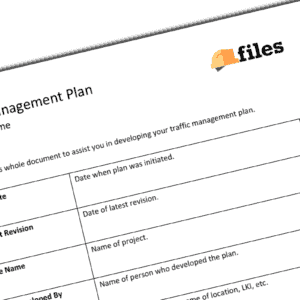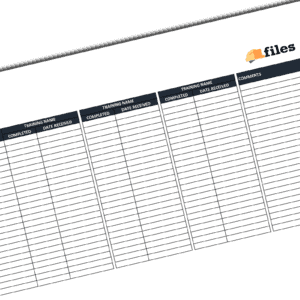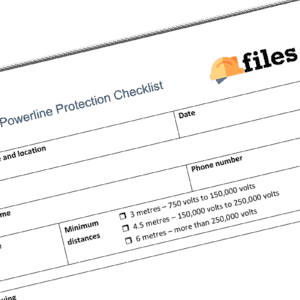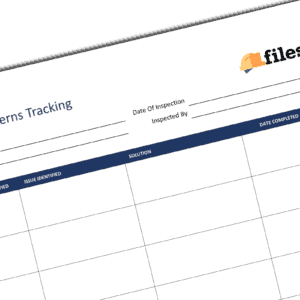OSHA Regulation – 3459-202 2011 – Nail Gun Safety
Establishing a safety and health program at your job site is one of the most effective ways of protecting your most valuable asset: your workers.
Love this item?
Download For Free
Subscribe to download this item, and get 14 days of unlimited downloads - for free!
Start 14-Day Free Trial

Contributor - Files
Full Description
Nail guns are used every day on many construction jobs—especially in residen- tial construction. They boost productivity but also cause tens of thousands of painful injuries each year. Nail gun injuries are common—one study found that 2 out of 5 residential carpenter apprentices experienced a nail gun injury over a four-year period. When they do occur, these injuries are often not reported or given any medical treatment. Research has identified the risk factors that make nail gun injuries more likely to occur. The type of trigger system and the extent of training are important factors. The risk of a nail gun injury is twice as high when using a multi-shot contact trigger as when using a single-shot sequential trigger nailer.
This guidance is for residential home builders and construction contractors, subcontractors, and supervisors. NIOSH and OSHA developed this publication to give construction employers the information they need to prevent nail gun injuries. Types of triggers and key terms are described. The guidance highlights what is known about nail gun injuries, including the parts of the body most often injured and the types of severe injuries that have been reported. Common causes of nail gun injuries are discussed and six practical steps that contractors can take to prevent these injuries are described. These are:
- Use full sequential trigger nail guns;
- Provide training;
- Establish nail gun work procedures;
- Provide personal protective equipment (PPE);
- Encourage reporting and discussion of injuries and close calls; and 6) Provide first aid and medical treatment.
The guidance includes actual workplace cases along with a short section on other types of nail gun hazards and sources of additional information.





Reviews
There are no reviews yet